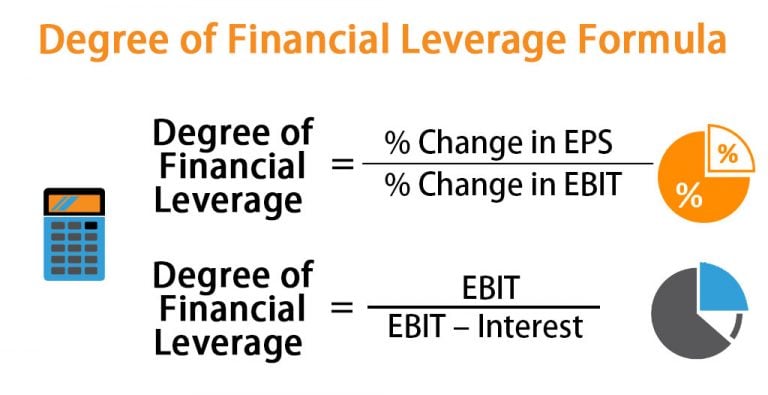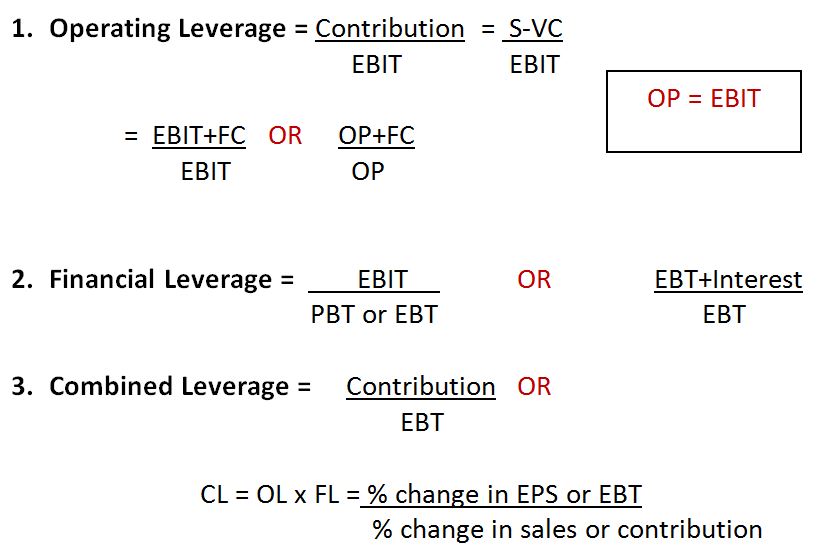وبلاگ
Degree of Operating Leverage Formula Calculation Examples
By analyzing DOL, stakeholders can better anticipate the impacts of sales fluctuations on a company’s profitability. Let us take the example of Company A, which has clocked sales of $800,000 in year one, which further increased to $1,000,000 in year two. In year one, the operating expenses stood at $450,000, while in year two, the same went up to $550,000. Finally the calculator uses the formulas above to calculate the DOL and the operating leverage for each business. Use the DOL calculation to support pricing decisions for your products or services.
Accounting Ratios
Understanding DOL allows managers to make informed decisions about pricing, production, and investment by evaluating the potential impact of sales fluctuations on profitability. For instance, a 10% increase in sales for a company with low DOL might result in a less than 10% increase in EBIT, indicating a more stable, albeit less responsive, profit scenario. This means a 10% increase in sales would lead to a 26.7% increase in operating income. The formula is used to determine the impact of a change in a company’s sales on the operating income of that company. If you’re looking to calculate the degree of operating leverage quickly and without carrying out lots of manual calculations, simply use our degree of operating leverage calculator. On the other hand, a company with a low DOL has a huge portion of its overall cost structure as variable costs.
Calculation Formula
For example, the DOL in Year 2 comes out 2.3x after dividing 22.5% (the change in operating income from Year 1 to Year 2) by 10.0% (the change in revenue from Year 1 to Year 2). Now, we are ready to calculate the contribution margin, which is the $250mm in total revenue minus the $25mm in variable costs. The direct cost of manufacturing one unit of that product was $2.50, which we’ll multiply by the number of units sold, as we did for revenue. Upon multiplying the $2.50 cost per unit by the 10mm units sold, we get $25mm as the variable cost. In our example, we are going to assess a company with a high DOL under three different scenarios of units sold (the sales volume metric). DOL measures how sales changes affect operating income, while financial leverage measures the impact of debt on earnings per share.
Can I Use DOL to Compare Different Companies?
Given that the software industry is involved in the development, marketing and sales, it includes a range of applications, from network systems and operating management tools to customized software for enterprises. In other words, there are some costs that have to be paid even if the company has no sales. These types of expenses are called fixed costs, and this is where Operating Leverage comes from. As it pertains to small businesses, it refers to the degree of increase in costs relative to the degree of increase in sales. This means that they are fixed up to a certain sales volume, varying to higher levels when production and sales volume increase. Here, the DOL measures how a percentage change in sales will impact EBIT, reflecting the company’s fixed versus variable costs dynamics.
A higher DOL means that a small change in sales can have a significant impact on your operating income. If the composition of a company’s cost structure is mostly fixed costs (FC) relative to variable costs (VC), the business model of the company is implied to possess a higher degree of operating leverage (DOL). The concept of operating leverage dates back to the early studies of business economics and finance, focusing on the cost structures of companies.
- Once obtained, the way to interpret it is by finding out how many times EBIT will be higher or lower as sales will increase or decrease respectively.
- The Degree of Operating Leverage (DOL) is a critical financial metric, offering insight into how a company’s operational income is affected by fluctuations in sales.
- The DOL ratio helps analysts determine what the impact of any change in sales will be on the company’s earnings.
- One notable commonality among high DOL industries is that to get the business started, a large upfront payment (or initial investment) is required.
In fact, the relationship between sales revenue and EBIT is referred to as operating leverage because when the sales level increases or decreases, EBIT also changes. Understanding DOL is vital for companies to assess the risk and potential profit changes due to sales volatility. It’s especially crucial for strategic planning, risk management, and financial forecasting. A higher DOL indicates a higher risk but also a higher potential for profit growth with increased sales.
Common examples of industries recognized for their high and low degree of operating leverage (DOL) are described in the chart below. A second approach to calculating DOL involves dividing the % contribution margin by the % operating margin. Or, if revenue fell by 10%, then that would result in a the definitive guide to recruiting for accounting firms 20.0% decrease in operating income. Yes, but ensure you’re comparing companies within the same industry or sector, as operating leverage can vary significantly between different types of businesses. Otherwise, add the specific period data in the section “Period to period specific data” above.
In practice, the formula most often used to calculate operating leverage tends to be dividing the change in operating income by the change in revenue. As a company generates revenue, operating leverage is among the most influential factors that determine how much of that incremental revenue actually trickles down to operating income (i.e. profit). High operating leverage means that small changes in sales can lead to significant changes in operating income. This can be beneficial when sales are increasing but risky when sales are declining.
The calculator will reveal that the Degree of Operating Leverage (DOL) for this scenario is 2. This means that a 1% change in sales will result in a 2% change in operating income. Most of Microsoft’s costs are fixed, such as expenses for upfront development and marketing.
Companies with a low DOL have a higher proportion of variable costs that depend on the number of unit sales for the specific period while having fewer fixed costs each month. However, since the fixed costs are $100mm regardless of the number of units sold, the difference in operating margin among the cases is substantial. The degree of operating leverage can never be harmful since it is a two-positive numbers ratio, i.e., sales and operating income. Moreover, the negative operating leverage implies that the operating income decreases as the revenue increases, which is inconsistent with the traditional definition of operating leverage.
This includes labor to assemble products and the cost of raw materials used to make products. Some companies earn less profit on each sale but can have a lower sales volume and still generate enough to cover fixed costs. Companies with high fixed costs relative to variable costs will exhibit high operating leverage, meaning their earnings are more volatile with changes in sales. Operating leverage is a financial efficiency ratio used to measure what percentage of total costs are made up of fixed costs and variable costs in an effort to calculate how well a company uses its fixed costs to generate profits. Typically, a high DOL means that the company has a larger portion of fixed costs in comparison with variable costs. In other words, any increase in sales might cause an increase in operating income.




